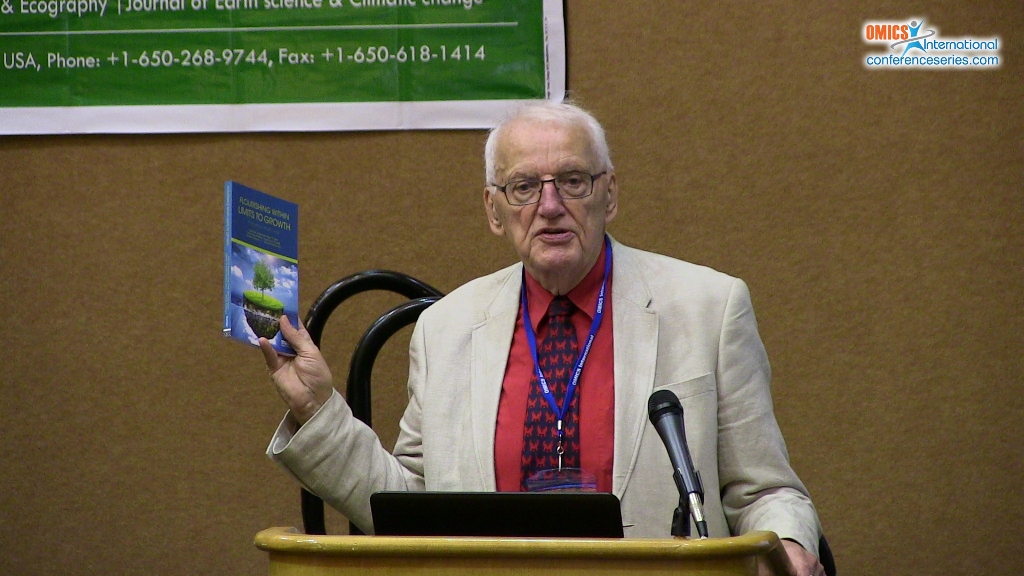
Sven Erik Jørgensen
Copenhagen University, Denmark
Title: The Danish renewable energy island Samsø
Biography
Biography: Sven Erik Jørgensen
Abstract
The presented sustainability analysis of the island Samsø uses the concept work energy as basis for the assessment of the sustainability. Both the energy flows and material flows can be expressed as renewable or nonrenewable work energy and based on energy units. By the developed method it is possible to assess whether the development in a given area – in this case the island Samsø – is sustainable and furthermore to identify what is needed to make the development sustainable. The method can also be applied to express how much a project proposal – for instance to introduce electrical car on the island – will bring the development closer to complete sustainability.In addition is developed an analysis of the carbon cycling, which summarizes all the main carbon processes in a carbon cycling model to be able to assess the total net emission of carbon dioxide and methane on the island and the input-output balance of carbon for the island. Samsø has introduced renewable energy but it is not ensuring that the carbon dioxide emission is zero, because carbon participates in many processes like photosynthesis, decomposition of organic matter, consumption of food by humans and domestic animals and so on. Therefore is the erection of a model that includes all the main carbon processes necessary to reveal the net emission of carbon dioxide and methane and the total carbon balance. The carbon cycling model can be applied to quantify the emissions and the carbon balance at a given time point, and how much they may be changed due to a project proposal, for instance introduction and electrical cars on the island. The carbon model demonstrates how the carbon dioxide emission has changed from year 1997 where it was 5000 t C per year to 2011 where the uptake was 26 000 t C per year. By proposed projects it will be possible to take up almost 40 000 t C per year in year 2020.



